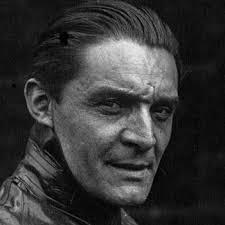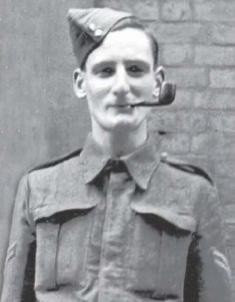Author Guest Post: Bryan Lightbody
My enthusiasm for historic motorsport coupled with writing and battlefield guiding lead me to produce (what I hope will be) Volume one of ‘Motorsport’s Military Heroes’. It showcases some extraordinary individuals who braved all in war and on the racetrack. Male and female competitors, it profiles individuals who raced from the 1920s up to the 1970s.
As my blog progresses, I intend to go from an overview of the decades of the 20th century (this first entry!) to show casing the individuals who populated each era with the feats of bravery.
The Great War, World War One, both gave rise to motorsport icons and also saw others never compete again. Muriel Thompson MM, competed at Brooklands prior to the war and also drove for Emmeline Pankhurst as she campaigned for suffrage. After her service with the First Aid Nursing Yeomanry during the conflict where not only was she a recipient of the Military Medal but was also awarded for bravery by the King of Belgium, she never returned to the track.
During the 1920s a series of daredevil Great War veterans began car racing and making their names in particular at the newly founded Le Mans endurance race. John Duff was the first, a Canadian infantry officer who first raced at Le Mans in 1923 and then won in 1924. Subsequently Woolf Barnato, a former Royal field Artillery officer, raced there three times 1928-30 winning each race, Glen Kidston Royal Navy shared one of those victories with him, as did Sir Tim Birkin a former Royal Flying Corps pilot. SCH ‘Sammy’ Davis, formerly of the Royal Naval Air Service, won Le Mans for Bentley in 1927 and Bernard Rubin, an officer in the Royal Garrison Artillery, shared the other of Barnato’s wins.

A European driver who saw success on the racetrack in the 1920s and 1930s was former WW1 French Air Force pilot Robert Benoist who raced for several marques including French manufacturer Delage. Benoist went on to serve with incredible bravery and with an amazing narrative during World War Two with the Special Operations Executive. Like Benoist during the same period and as racing rivals, former WW1 Italian mountain artillery soldier Enzo Ferrari raced before becoming a team manager/owner.

Two other legendary pilots from World War One who led competitive careers on the racetrack were ‘The Captain’ Eddie Rickenbacker, United States Army Air Service, and Sir Henry Segrave, firstly an infantry officer then a pilot in the RFC.
Noted WW2 veterans with very differing racing careers were Flight Lieutenant Raymond Baxter who not only raced and rallied, but become a noted British TV personality. Murray Walker served from 1943 as a tank commander before attempting a career as a motorcycle racer. As most know, he became most famous in motorsport for commentating. Carroll Shelby, the manufacturer of the legendary AC/Shelby Cobra served in the US Army Air Force before becoming a Le Mans winner in 1959. Shelby formed a great research and development and racing partnership with legendary driver Ken Miles, a staff sergeant with the Royal Electrical and Mechanical Engineers throughout WW2 including landing during the D-Day invasion.

In the post war years the book profiles 1960s and 70s racing icons David Purley of the 1st Battalion Parachute Regiment serving in the Aden crisis of the late 1960s, and Mike Hailwood, who were both George Medal recipients.

Order your copy of Motorsport’s Military Heros here.

